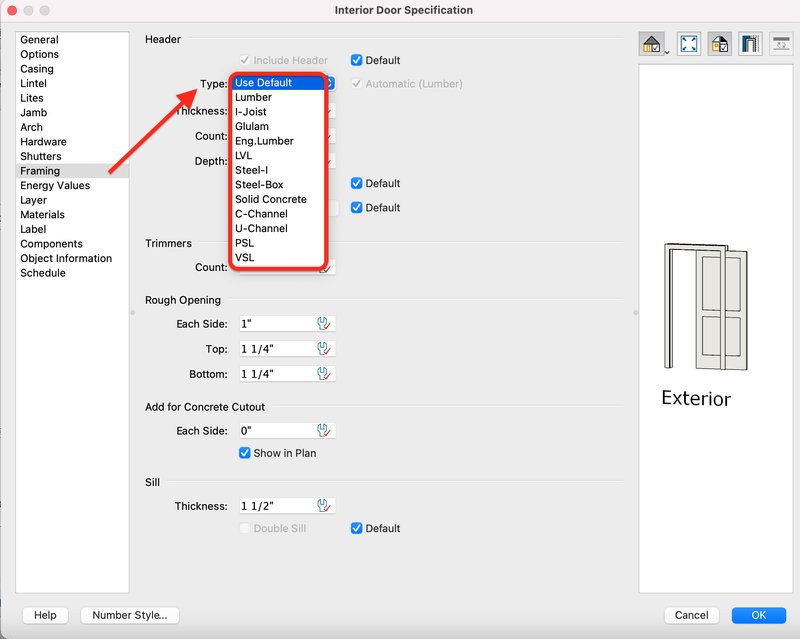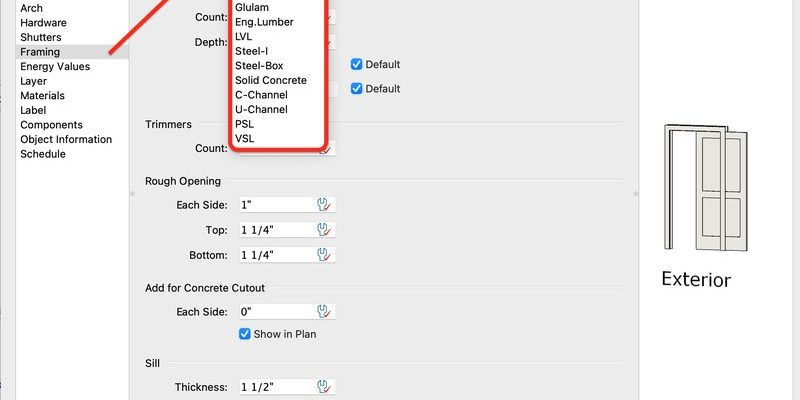
Think of replacing the hardware as a bit of a jigsaw puzzle where the pieces are not just difficult to see, but also hard to reach. Whether you’re dealing with a damaged handle or a stuck door, knowing how to fix these issues is key to making your pocket door functional again. In this guide, we’ll walk through the steps—like how to choose the right parts, what tools you’ll need, and some clever tricks to easily access the hardware even when the space is tight.
Understanding Pocket Door Hardware
Pocket door hardware encompasses several parts that work together to allow the door to move smoothly within its wall cavity. This includes the track, the rollers, and the latch mechanism. Each component plays a vital role, and if one part fails, the whole system can be affected.
The track is the long metal or plastic strip mounted to the wall that guides the door as it slides open and closed. The rollers are attached to the top edge of the door, allowing it to glide smoothly along this track. Lastly, the latch secures the door when closed, keeping it in place and providing privacy. Recognizing these parts is crucial in figuring out what needs replacing.
You might find yourself asking, “How do I know which part is broken?” Often, it’s a matter of observation. If the door won’t open or close properly, check the track for obstructions, listen for unusual noises from the rollers, or inspect the latch for damage. Once you identify the problem area, it’s time to get your hands dirty with some repairs.
Gathering the Right Tools and Materials
Before diving into the repair, gather the right tools and materials. You’ll need a few basics to make the process smoother:
- Screwdriver: A flathead and a Phillips head will cover most screws.
- Drill: For replacing screws or making adjustments.
- Measuring tape: To measure new parts and ensure proper fit.
- Replacement hardware: Like a new track, rollers, and latch—ensure they match your door’s specifications.
- Utility knife: Handy for cutting through drywall if access is extremely limited.
Having everything at your fingertips means you won’t have to stop mid-repair to hunt for a tool. Honestly, that can be the most frustrating part!
You might also want to grab some safety goggles and gloves to protect yourself while working. Accidents can happen, especially when dealing with tools and moving parts, so it’s better to be cautious.
Removing the Door for Hardware Replacement
When access is limited, you may need to remove the door completely. To do this, follow these steps:
1. Unscrew the rollers: Start by removing the screws from the rollers attached to the top of the pocket door. This usually requires a flathead screwdriver or a drill.
2. Lift the door off the track: Once the rollers are detached, gently lift the door upward. It should slide off the track. If it feels stuck, check for any remaining screws or obstructions.
3. Set the door aside: Find a safe place to lay the door down flat. This will make it easier to work on the hardware without worrying about damaging anything.
Removing the door is crucial, especially if you need to access the track or latch mechanism. If you’re worried about putting it back, snapping a few pictures of the setup beforehand can help guide you during reassembly.
Replacing the Hardware
Now comes the main event: replacing the faulty hardware. Depending on what you need to fix, here’s how to tackle some common repairs.
Replacing the Track:
If the track is bent or worn down, it’s best to replace it. Here’s how:
1. Measure the old track: Before buying a new track, measure the length and width of the existing one.
2. Remove the old track: Unscrew it from the wall. If it’s stuck, use your utility knife to cut through any paint or caulk sealing it.
3. Install the new track: Align the new track in the same position, screw it back into place, and make sure it’s level.
Replacing Rollers:
If the rollers are squeaky or jammed, they can drastically affect the door’s movement.
1. Remove the old rollers: Unscrew any screws holding them in place.
2. Attach new rollers: Line them up with the pre-drilled holes and secure them with screws.
Replacing the Latch:
If the latch isn’t catching, here’s how to replace it:
1. Unscrew the old latch: Use your screwdriver to remove it from the edge of the door.
2. Install the new latch: Follow the manufacturer’s instructions for properly positioning and securing it.
Each replacement is a chance to not only fix the door but also improve its functionality. After all, sometimes simply upgrading from basic to heavy-duty hardware can make a world of difference in performance.
Reinstalling the Door
After replacing the necessary hardware, it’s time to put the door back. Here’s what to do:
1. Align the rollers: Hold the door up to the track and align the rollers back into place.
2. Secure the rollers: Screw them tightly to ensure they are firmly held.
3. Test the door’s movement: Slide the door back and forth a few times to check for smoothness. If it catches, adjust the rollers slightly until it moves freely.
Reinstalling can feel a little like reverse engineering. Taking your time and double-checking each step can help prevent needing to redo work later on.
Troubleshooting Common Issues
Even after a successful replacement, you might run into some hiccups. Here are a few common issues and quick fixes:
– Door sticks or rubs: Check if the rollers are aligned properly and adjust as needed. Sometimes tightening the screws can also help.
– Latch not catching: Ensure the latch mechanism is properly seated and aligned with the strike plate on the door frame.
– Noise when operating: This could be a sign that the track or rollers need lubrication. Use a silicone-based lubricant to quiet everything down.
By keeping these troubleshooting tips in mind, you can save yourself time and frustration, ensuring your pocket door functions smoothly for years to come.
Maintaining Your Pocket Door After Repairs
Once your pocket door is up and running, it’s important to perform a little maintenance to keep it that way. Here are some tips:
1. Regular cleaning: Dust and debris can build up in the track. Make it a habit to wipe it down regularly.
2. Lubricate the rollers: A little silicone spray can go a long way to ensure smooth operation.
3. Check for alignment: Occasionally, check that the door is still hung correctly and that the latch works as intended.
Maintenance doesn’t have to be a daunting task. Just a few minutes every couple of months can save you from bigger issues down the road.
In conclusion, replacing hardware on an interior pocket door when access is limited may seem daunting at first, but by understanding the components and following the right steps, you can handle it with confidence. With just a few tools and a little patience, you can make your pocket door as good as new. So, roll up those sleeves, and get started—your door is waiting for a little TLC!
